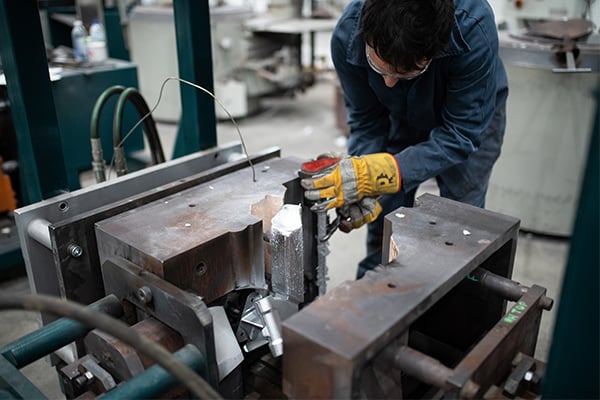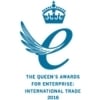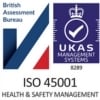In the world of metal and alloy die casting, gravity die casting is known to be one of the earliest techniques, with the first hand-operated machines invented in 1838.
Despite being a process dating back to the Victorian era, gravity die casting is still a lynchpin of modern engineering and manufacturing – albeit with many notable advancements.
How does gravity die casting work?
Gravity die casting involves pouring molten metal from a ladle into a semi-permanent or permanent die.
The standard process can be summarised in four steps:
- Two halves of a die are heated and then sprayed with an insulating coating, which prevents premature solidification and helps the casting to be removed when the process is over.
- The die is then clamped together, so molten metal can be poured into its open cavity.
- The metal solidifies rapidly and is allowed to cool.
- The die is opened back up, so the casting can be removed.
A far cry from the manual procedure of the 1800s, this process can now be automated to increase accuracy and reduce risk. Modern toolmaking techniques also enables us to manufacture far more complex mould tools, and advances in alloy development and melt control enable higher performing materials to be cast.
Why is gravity die casting used?
Gravity die casting continues to offer a multitude of benefits which, for certain applications and projects, will give it the edge over alternative die casting methods.
These include:
- High production rates. Automation of gravity die casting technology can mean that hundreds of castings can be produced in a single day.
- Dimensional accuracy. This can help to create a casting that is both durable and dimensionally stable.
- Versatility. Gravity die casting can create extremely intricate shapes, suitable for complex parts.
- High tensile strength. This is ideal for heavy-duty mechanical applications, particularly when coupled with heat treatment.
- Multiple finishing options. Whether you need a smooth or textured surface, gravity die casting can accommodate for this with only a small amount of work required later in the production cycle.

Where can you find examples of gravity die cast components?
Gravity die cast parts are common in even the most complex sectors of engineering.
They can often be seen in:
- Automotive
- Defence
- Marine
- Structural and architectural applications
- Electronics
- Consumer appliances
- Complex machinery.
Gravity cast parts are far less porous than many alternatives and, when cast in aluminium alloy, are extremely light and eco-friendly, too. For sectors such as automotive and aerospace, these benefits are often critical to both performance and company ethos.
In addition, the ability to create precise shapes will result in components that can meet a tight specification. For premium products where there is little margin for error, gravity die casting serves reliable performance, even during fast and high-volume production runs. This can balance the cost of initial, complex tooling and create a favourable ROI long-term.
Ready to discuss a gravity die casting idea?
MRT Castings are experts with over 70 years’ experience in the manufacture of high-quality aluminium and zinc die castings, across a wide range of applications and industries.
Simply get in touch today and we’ll be happy to assist with your next project.









